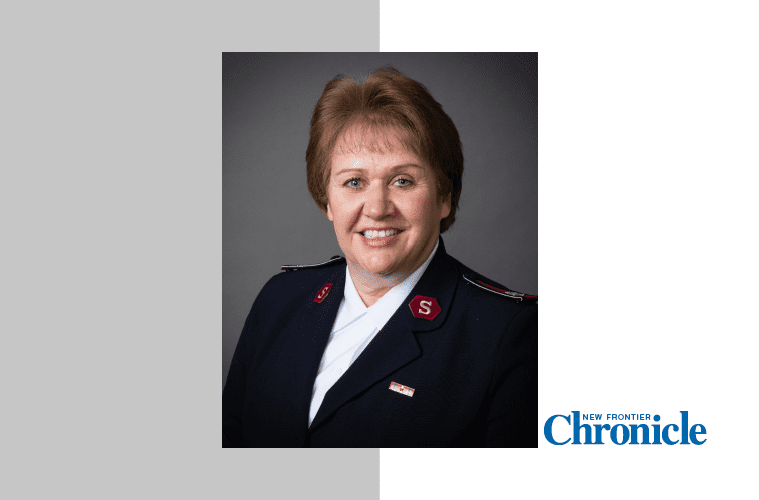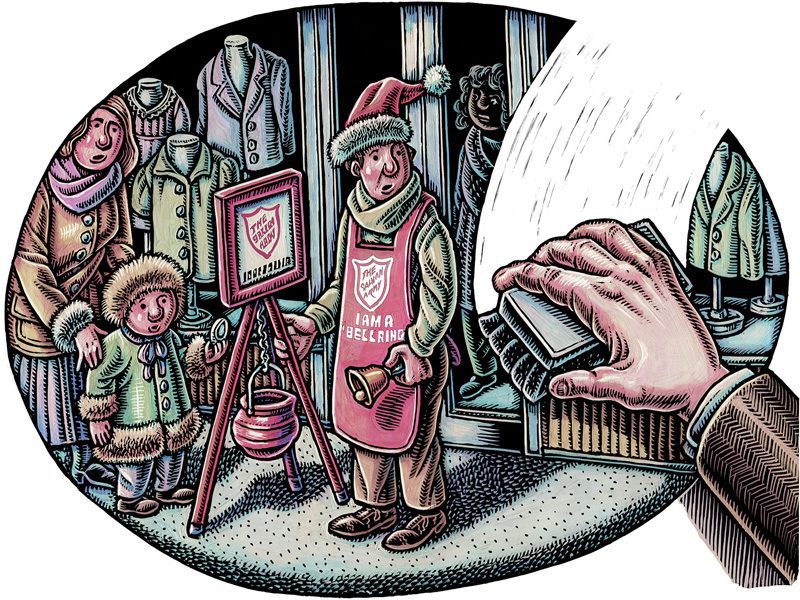As advisory board members, one of the most important functions we have is total involvement in all aspects of the fundraising and financial affairs of our local Salvation Army unit.
The most obvious form of involvement is to make regular financial contributions. The entire board must take part in giving, following the biblical precept of each according to his ability. Thus, some retired or less affluent members may give nominal contributions, while other board members will give at a more substantial level.
Personal trust/estate planning is another area of key financial commitment. We expect all members of our board to designate the Army as one of the beneficiaries of their will. Working with the planned giving and development representatives to set up creative trust and living gifts is also of critical importance.
Networking is yet another opportunity for financial involvement—working through various community relationships to encourage other potential donors to be significant givers.
No amount of letters, advertising or other promotion will match the effective way that a personal relationship opens doors to notable donations.
Several years ago a prominent farming family in our community contacted me and offered to donate a building ideally suited to our shelter and housing needs. This building covered an entire city block and was appraised at $2.4 million. The connection? Both my partner and I have had long service on the local advisory board, and these folks were key business associates of our company. Would they have donated to The Salvation Army without that connection? We will never know, but to this day they check with me—not the local Army officer—to get updates on the work and the ministry. Relationships matter!
When we have a major campaign in our community, we ask board members to identify key potential donors, and then to make an appointment with that donor and accompany the officer on the personal visit to request a major gift. When seeking that six figure (or greater) gift, the relationship and the integrity of the board member are a perfect match for the integrity and track record of the Army. I cannot remember any major gifts received in our local work that were not personally solicited by one of our board members.
The ways to initiate gifts and donations are numerous:
- Organize board members to make personal “thank-you” calls to donors.
- Have board members sign and add personal notes to fundraising letters.
- Forward emails and information that will likely resonate with a donor.
- Invite a potential donor to tour facilities or attend a special event.
In that last regard, we regularly schedule “Leadership Luncheons” at the corps, inviting various community leaders to a 90-minute lunch and informational meeting. The agenda is tightly controlled; a maximum of information is delivered. Time is allowed for questions and dialogue. A brief tour of facilities concludes the event. We specifically promise two things: First, the guests will be out on time, and second, we will not ask for money. Of course, after they have seen the scope and depth of our work the donations are almost automatic, and relationships are built.
And, since there is not a better, simpler way to receive funds than via estates, you need to schedule a “Wills Clinic” at least once a year. If you have an attorney on your board, then utilize those skills and contacts. If not, then find a prominent local attorney who specializes in the area of estates and trusts and have this attorney present at your location. An attorney member of our board was responsible for a seven figure gift several years ago from one of his clients. Relationships matter!
Finally, and most importantly, start early when the new member first comes on board. In your initial indoctrination, one of the most critical steps is to clearly explain the expectations and the requirements that the board places on each member for financial support and full involvement in the donor development process. Board members must know from the first day that they are a part of the development and fundraising process.










